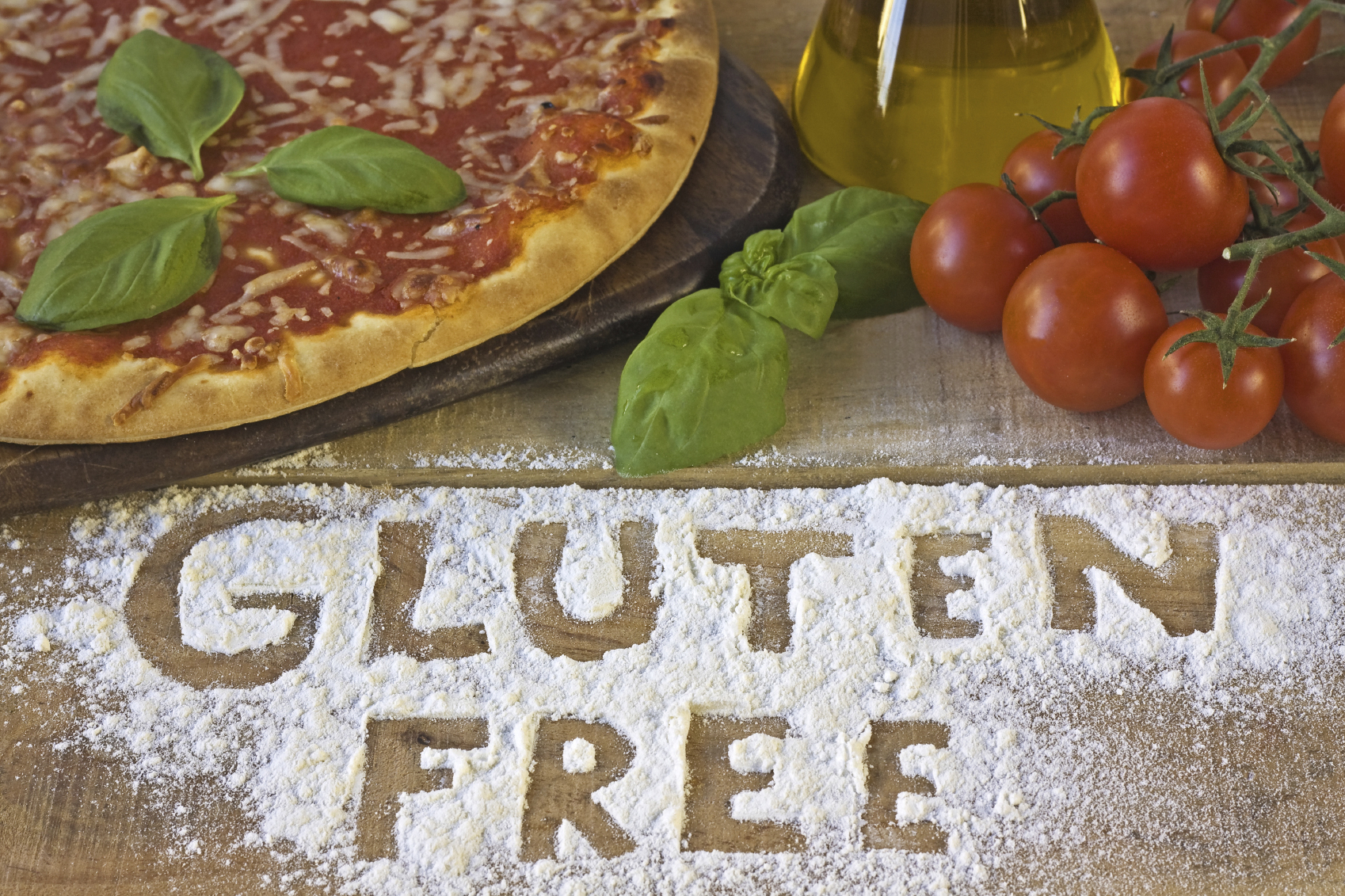Why Gluten Free
Isn’t Necessarily Risk Free
By Julie Williamson
In my case, it’s not just the gluten that’s problematic, but also the grain itself (I don’t have Celiac Disease or Inflammatory Bowel Disease, for example, but tests confirm I’m definitely gluten-sensitive. And I’ve been allergic to wheat, corn, rice, oats, barley and most other grains since I was first tested at age six). Still, I’ve hoped and prayed for a taste of some of the treats everyone else enjoys, and I’ve crossed my fingers as I placed the box of gluten-free pasta or cookies on the conveyor belt. My luck wasn’t with me on those occasions. I’ve learned the hard way that prepared gluten-free foods can be even worse for me than a basket of Parker House rolls or a crispy-crusted, chewy baguette. Often, gluten-free prepared foods contain rice as a key ingredient, and rice is a Level 2 allergy for me (it was a Level 3, but I’ve made some progress). And that’s just one of many questionable ingredients that can be cause for concern for those of us with known or suspected food allergies or intolerance.
Here’s a perfect example, straight from the box of one gluten-free brownie mix:
Cane sugar; Cocoa; Brown rice flour; Sorghum flour; Tapioca starch; ; Cornstarch; Baking powder; Xanthan gum; Baking soda; Salt
Also worth noting: on August 15, 2014, the U.S. Food and Drug Administration (FDA) issued a warning about lupin (also may be listed as lupine), a legume sometimes used as a substitute for gluten-containing flour, can cause severe allergic reactions (hives and even anaphylaxis) in some individuals. Those with legume allergies, especially peanut allergies, are most susceptible.1
Personally, I’ve found that the best gluten-free foods are those that happen naturally – as in, nature created them that way, not a bunch of culinary scientists concocting edibles from some test kitchen. One doctor I saw briefly agreed with my take, explaining that many people who are gluten-intolerant are also more susceptible to food allergies and intolerances. So when we remove the gluten and replace it with a dozen or so other ingredients, we’re giving ourselves that many more opportunities to react unfavorably.
Even foods in their natural state that are considered gluten free, such as oats, rice and corn, can be problematic for many of us. Although they don’t share the same gluten proteins found in wheat, that doesn’t mean we’re automatically free and in the clear. Sadly, I’m sensitive to all grains (more to wheat and rice and moderately affected by oats and corn), but even those with no known allergy or sensitivity to so-called gluten-free grains can have notable reactions when the food is consumed (bloating, abdominal pain and other digestive discomforts are most common). For me, these foods trigger an almost immediate inflammatory response. My fingers swell like sausages, my joints ache and my belly bloats like an overfilled balloon. Bad headaches and poor sleep are also common for me.
Although I’m always cautious about what I eat, I still trip up from time to time (hey, I’m human!). Just this year, I caved and ordered a gluten-free pizza from our favorite restaurant. It tasted fantastic, but my mouth burned, tingled and swelled within ten minutes of my first slice, and my head felt like it could explode the rest of the night. It took my body a full two days to overcome that gluten-free crust assault. I did a little digging after the fact and discovered the crust’s main ingredients were tapioca starch and rice flour (and the modified corn starch and other processed ingredients surely didn’t help my cause any). I may have fared better with a slice of their regular pizza. Let’s just chalk that one up to a bad experiment.
I can’t speak for anyone but myself and I won’t tell everyone who’s gluten-sensitive to run from gluten-free prepared foods (although, as you already know, prepared foods of any kind aren’t going to be exactly health foods). If gluten-free doesn’t disagree with your body, my hat’s off to you. Enjoy in moderation! But here’s my parting suggestion: pay close attention to those ingredients and pay even closer attention to how you feel as you’re eating that food (and continue to honestly assess your body and symptoms in the hours and days that pass). If you’re feeling sluggish, bloated, irritable or just generally off-kilter, you may want to strip the processed gluten-free foods from your diet and take another body assessment. You may find that the gluten-free aisle is worth bypassing on the next trip to the market.
Reference
- S. Food and Drug Administration. Allergies to a Legume Called Lupin: What You Need to Know. Aug. 15, 2014.







